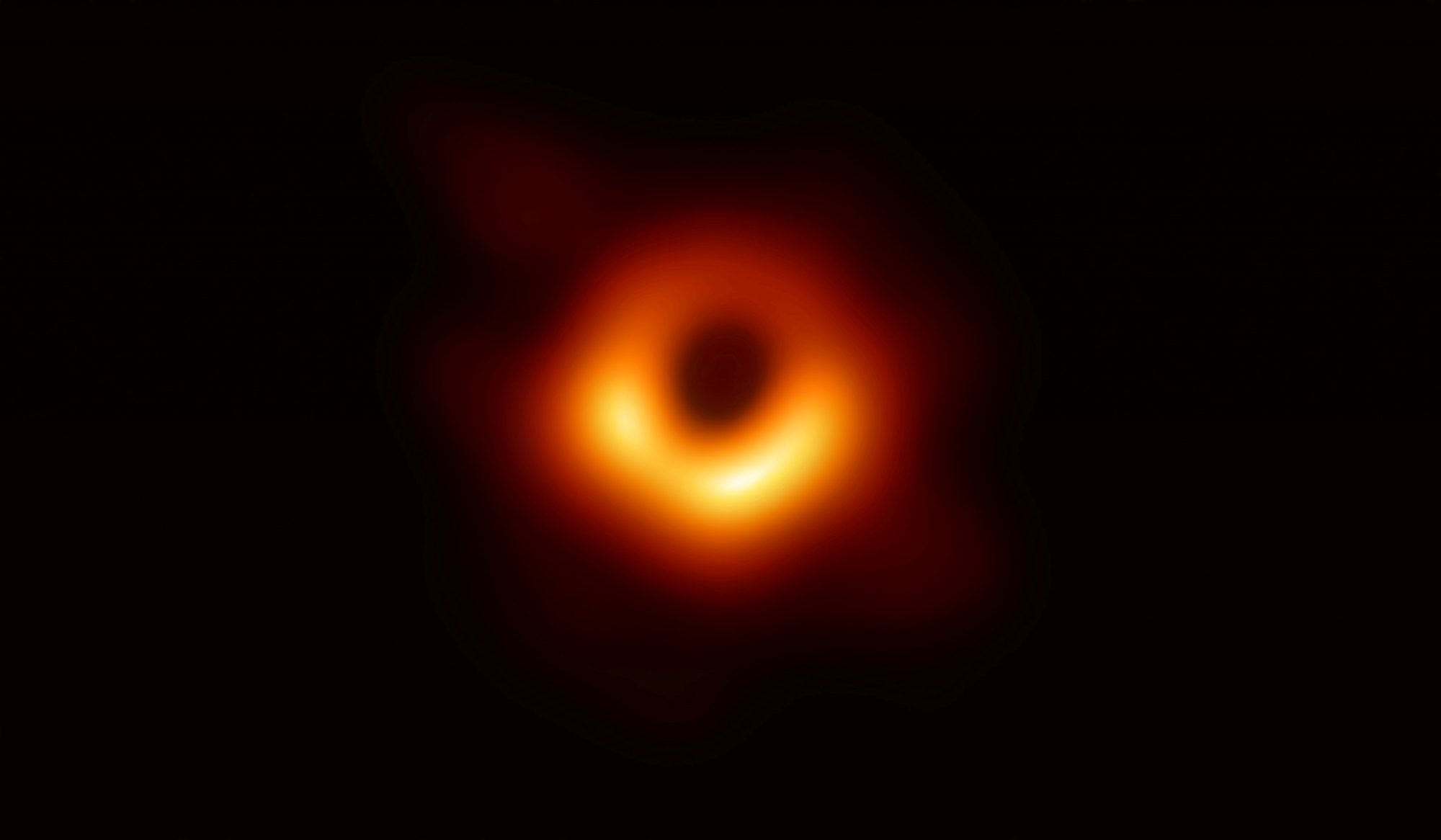
Yes it’s true; you can’t see a black hole. The glowing doughnut shape in the image above is actually the swirling mass of gas and dust that is falling into the black hole. Astronomers call that whirlpool an accretion disk and the energy released by that matter as it drops into the gravitational well of the black hole causes the disk to glow. Also, the actual image that you see above wasn’t really taken in visible light. Rather it’s a computer-generated image converted from measurements of radio emissions across the region around the black hole.
In fact it took eight radio telescopes and more than three hundred astronomers working together in a group known as the Event Horizon Telescope Collaboration to collect the signals from the black hole needed to construct the image. The eight radio telescopes which make up the Event Horizon Telescope (EHT) are spread around the half the world; see map below. By combining the received signals of those telescopes the astronomers succeeded in constructing a single radio telescope whose resolution was equivalent to a telescope that would be nearly the size of the Earth. (The resolution of a telescope is its ability to separate two objects that are both very far away and very close together.)
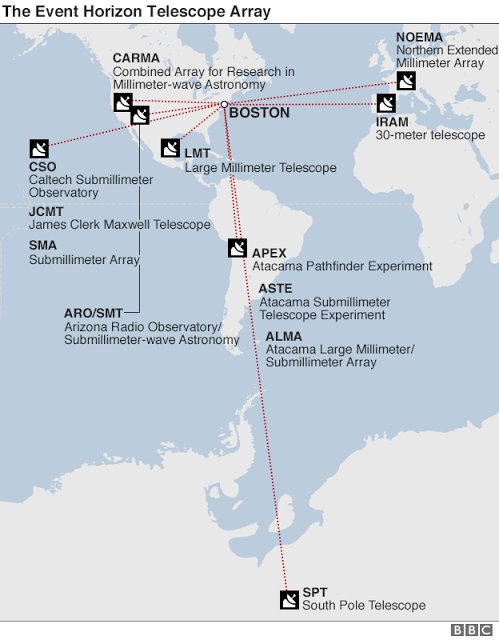
The technique used to combine the eight signals is know as Very Long Baseline Interferometry (VLBI) and networks the telescopes by adding their signals together, allowing them to interfere with each other, remember these signals are waves, exactly as they would in a telescope as big as the distance between the telescopes. In order to add the signals together properly they must have been received at precisely the same time. This means that each radio telescope in the EHT must be governed by its own atomic clock, and all eight atomic clocks must have been synchronized before the first signals were received.
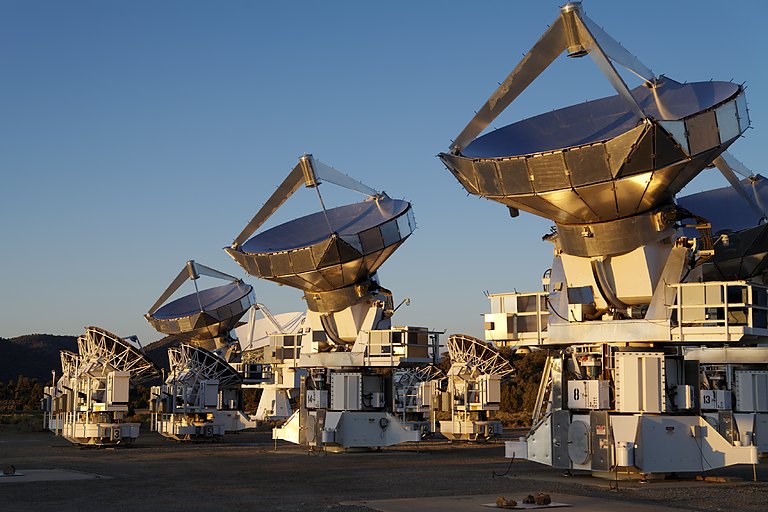
That degree of precision was necessary because the black hole whose image was taken sits 55 million light-years away in the galaxy known as M87 or Virgo A and the size of the black hole is about the same as the orbit of Pluto while the size of the accretion disk is about eight times larger. In addition to producing the image the measurements made by the EVT allowed a more precise measurement of the black hole’s mass, a whopping 6.5 billion times the mass of our Sun.
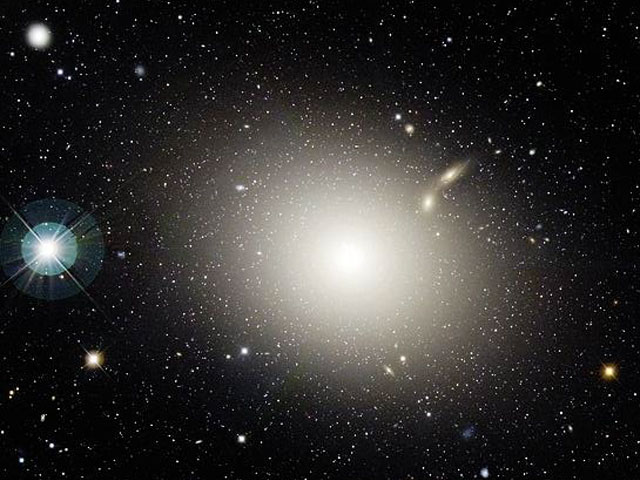
All that work was certainly worth the effort. That one image confirms much of the theoretical work that has been conducted regarding black holes over the last thirty to forty years. The black hole’s event horizon, the energy emitted by the accretion disk as matter flows into the black hole, they’re all there, just as the models predicted.
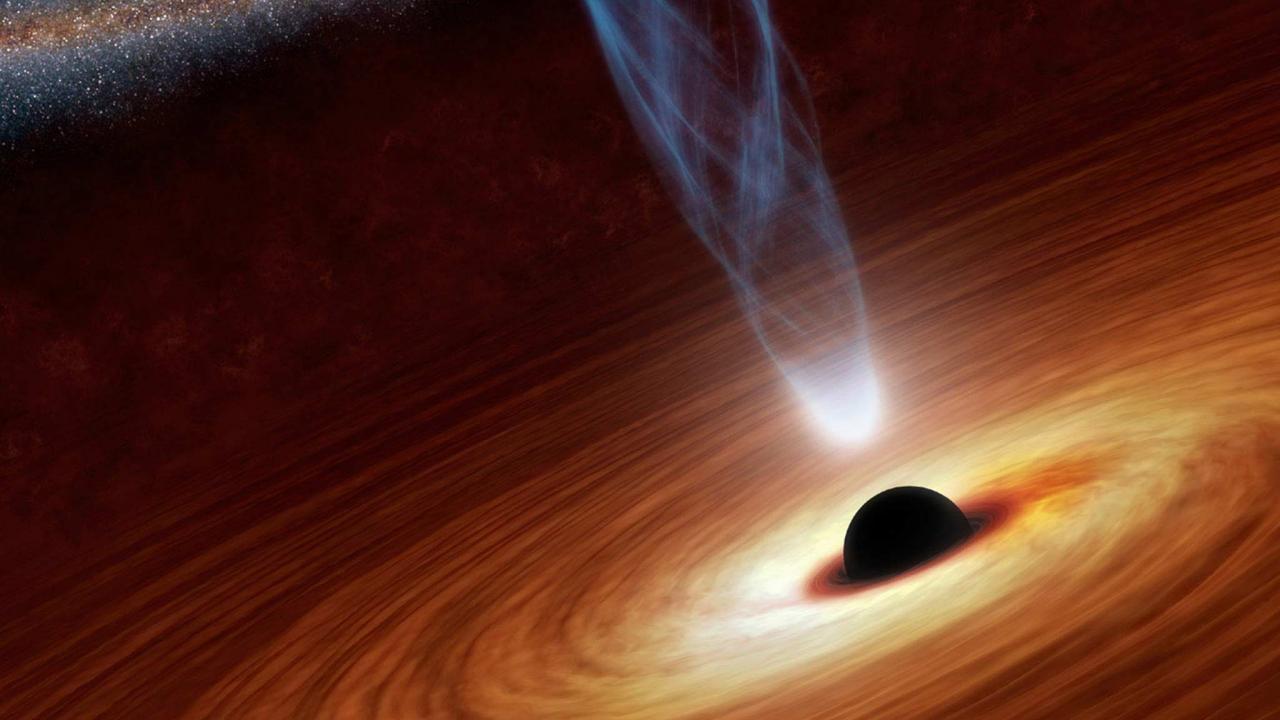
The importance of the image is that it confirms one of the strangest predictions of Einstein’s General Theory of Relativity, the very existence of black holes. Now however, the researchers hope to use the EVTC to probe closer to the event horizons of black holes in order to test the limits of the General Theory. Even after one hundred years physicists have still been unable to integrate General Relativity with Quantum Mechanics, the other great theory of modern physics. The possibility that observations of black holes by the EVT may discover some clue leading to that unification is very enticing.
The astronomers also hope to learn more about the supermassive black holes that sit in the center of every galaxy. At the moment we don’t even know for certain which comes first, the galaxy or the black hole in its center but there are theories of galactic evolution that start in both directions. Maybe EVTC will find the evidence to answer that question.
As their next step the members of the EVTC are planning on trying to obtain images of the black hole that sits at the center of our own galaxy. Since our black hole is a lot closer, only 30,000 LY away you might wonder why the astronomers didn’t start with our black hole. You have to remember however, that to see the center of the Milky Way you have to look through most of the galaxy’s disk. In other words that black hole may be closer but there’s a lot more stuff in the way!
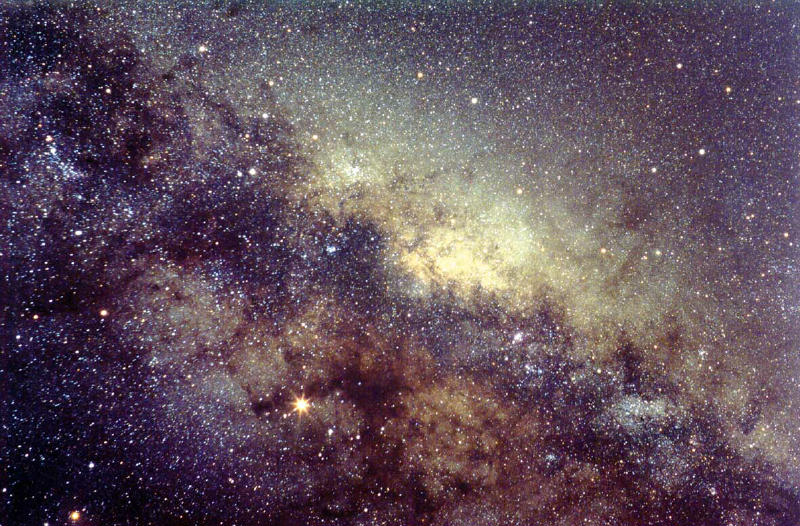
So the first image of a black hole that was taken by the EVT is really just a first step. There are many black holes to be studied out there, which means many more discoveries just waiting for the EVT to make.

Hi, just wanted to tell you, I loved this blog post. It was helpful.
Keep on posting!
Thanks for the comment and come back soon!
Bob L